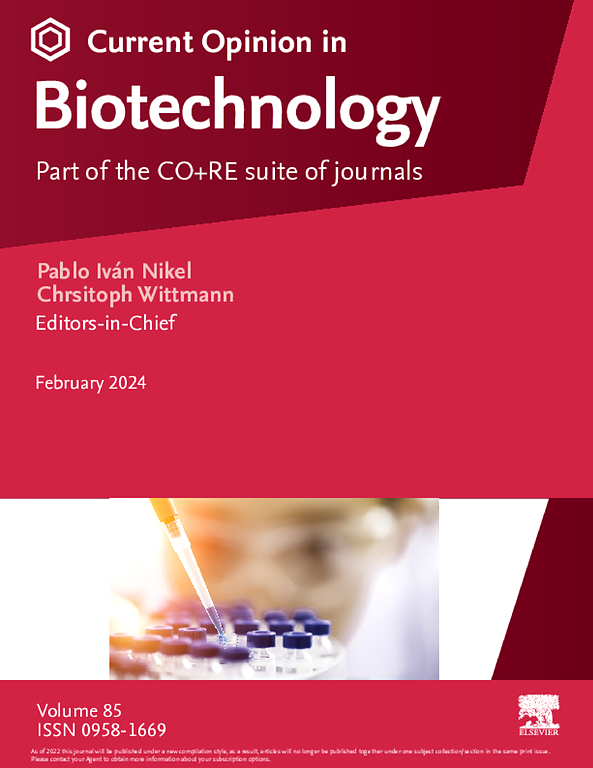Disturbance and stability dynamics in microbial communities for environmental biotechnology applications
IF 7.1
2区 工程技术
Q1 BIOCHEMICAL RESEARCH METHODS
引用次数: 0
Abstract
Microbial communities are corner stones of environmental biotechnology, driving essential processes such as waste degradation, pollutant removal, and nutrient cycling, all fundamental to industrial bioprocesses and sustainability. The structure and functions of these communities are influenced by environmental disturbances, which can arise from changes in operational conditions. Understanding disturbance–stability dynamics, including the roles of rare taxa and gene potential, is crucial for optimizing processes such as wastewater treatment, bioenergy production, and environmental bioremediation. This review highlights recent theoretical, technical, and experimental advances — including ecological theory, multiscale approaches, and the use of machine learning and artificial intelligence — to predict community responses to disturbances. Together, these insights offer a valuable outlook for developing scalable and robust biotechnology applications.
环境生物技术应用中微生物群落的扰动与稳定动力学
微生物群落是环境生物技术的基石,推动废物降解、污染物去除和养分循环等基本过程,这些都是工业生物过程和可持续性的基础。这些社区的结构和功能受到环境干扰的影响,而环境干扰可能是由经营条件的变化引起的。了解扰动稳定性动力学,包括稀有分类群和基因潜力的作用,对于优化废水处理、生物能源生产和环境生物修复等过程至关重要。这篇综述强调了最近的理论、技术和实验进展,包括生态理论、多尺度方法、机器学习和人工智能的使用,以预测社区对干扰的反应。总之,这些见解为开发可扩展和强大的生物技术应用提供了有价值的前景。
本文章由计算机程序翻译,如有差异,请以英文原文为准。
求助全文
约1分钟内获得全文
求助全文
来源期刊

Current opinion in biotechnology
工程技术-生化研究方法
CiteScore
16.20
自引率
2.60%
发文量
226
审稿时长
4-8 weeks
期刊介绍:
Current Opinion in Biotechnology (COBIOT) is renowned for publishing authoritative, comprehensive, and systematic reviews. By offering clear and readable syntheses of current advances in biotechnology, COBIOT assists specialists in staying updated on the latest developments in the field. Expert authors annotate the most noteworthy papers from the vast array of information available today, providing readers with valuable insights and saving them time.
As part of the Current Opinion and Research (CO+RE) suite of journals, COBIOT is accompanied by the open-access primary research journal, Current Research in Biotechnology (CRBIOT). Leveraging the editorial excellence, high impact, and global reach of the Current Opinion legacy, CO+RE journals ensure they are widely read resources integral to scientists' workflows.
COBIOT is organized into themed sections, each reviewed once a year. These themes cover various areas of biotechnology, including analytical biotechnology, plant biotechnology, food biotechnology, energy biotechnology, environmental biotechnology, systems biology, nanobiotechnology, tissue, cell, and pathway engineering, chemical biotechnology, and pharmaceutical biotechnology.
 求助内容:
求助内容: 应助结果提醒方式:
应助结果提醒方式:


